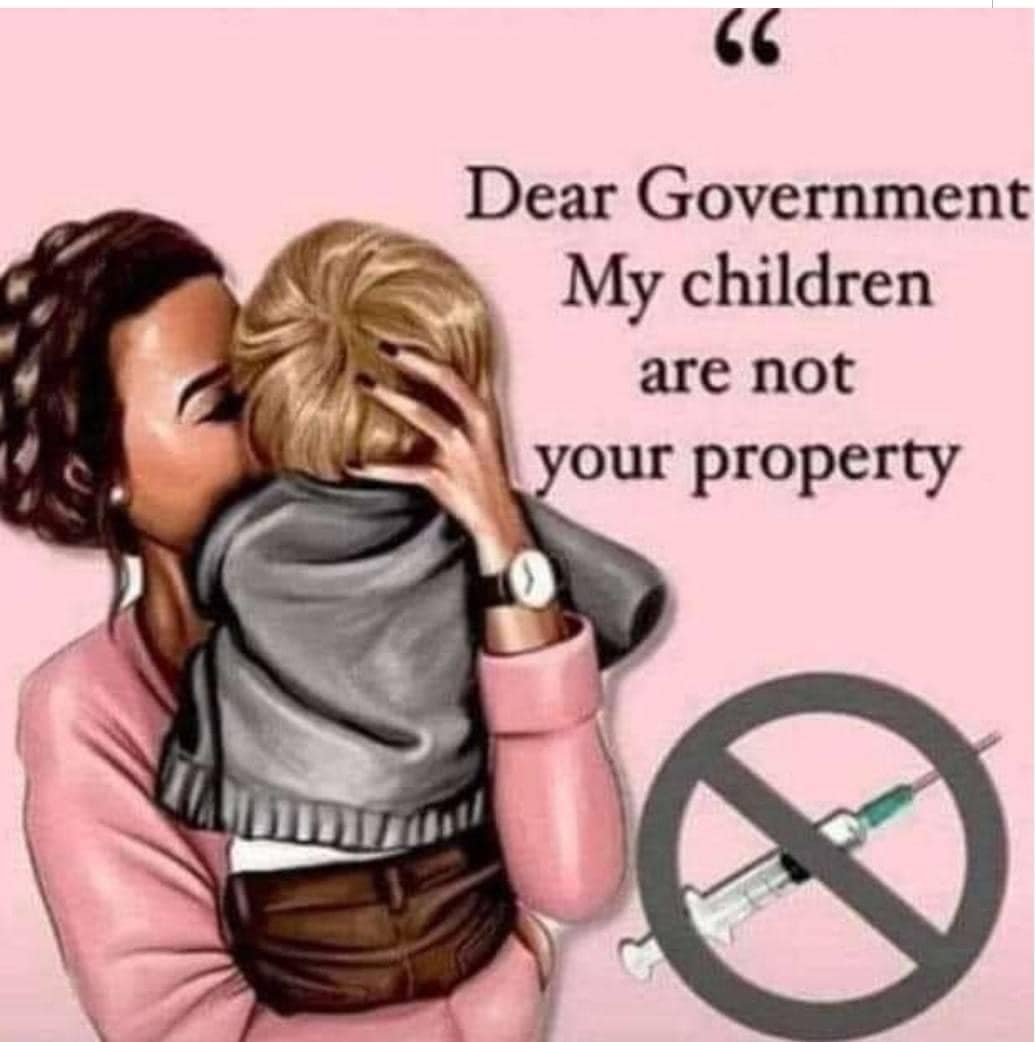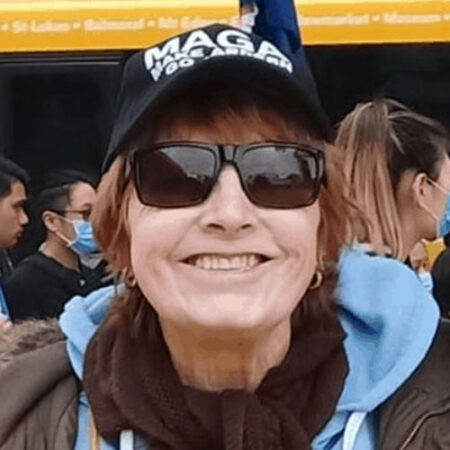
NZ GOVERNMENT COMMUNITY REPORT 2007/2008 ‘LGBT WAS ON THE AGENDA’
Connecting Diverse Communities Report on 2007/08 public engagement A report on 15 meetings held around New Zealand to discuss diversity and social cohesion and responses to a written questionnaire August 2008. The views documented in this report are the views of the people who attended the Connecting Diverse Communities meetings held around the country. They are not the views of the Government, government agencies, Ministry of Social Development, Office of Ethnic Affairs or their staff. The purpose of the report being the summarising of the findings of the ‘Connecting Diverse Communities’ public engagement process. This process involved fifteen meetings held throughout New Zealand between August and November 2007, followed by a written survey that was sent to relevant organisations and available publicly. The majority of this report summarises the feedback received at the community meetings, while the responses from the survey can be found at Appendix 4. The meetings were organised by the Ministry of Social Development (MSD) and the Office of Ethnic Affairs (OEA) and were held in Auckland, Hamilton, Tauranga, Napier, Palmerston North, New Plymouth, Wellington, Nelson, Christchurch and Dunedin. More than 500 people attended the meetings in total. The key objectives of the meetings were: • to engage with representatives of diverse communities around New Zealand (including ethnic and religious communities, iwi/hapū/Māori, Pākehā and Pacific Island peoples
Including in the content of this report was the following:-
Responses were subsequently transcribed and sent back to the meeting scribes for further comment and corrections, before being collated, analysed and used as material for this report. On four occasions, ie the Auckland Youth meeting, the Gay, Lesbian, Bisexual, Transgender or Intersex (GLBTI) meeting and the two Otara meetings. To hold dialogues with different peoples, to continue to communicate in times of celebration and adversity, and to influence others to be comfortable with diversity. We need to have more ‘conversations’ about social cohesion. • The media has an important role in this process. Take advantage of and celebrate diversity. The Treaty of Waitangi as a foundation for intercultural respect. The role of schools in preparing young children to accept diversity as a ‘norm’ was often raised in the Connecting Diverse Communities meetings. Responses from the Gay Lesbian Bisexual Transgender Intersex (GLBTI) meeting…The GBLTI meeting, held in Wellington, was designed to allow participants to respond in a safe environment where their range of views was more likely to be expressed than if they were part of the local meetings. The questions were worded slightly differently and the responses are recorded below
Question 1.1 What do you think would help you create, maintain or strengthen your sense of ethnic, cultural and/or religious identity and community belonging in New Zealand? Question 1.2 What role can government play to support this?. Participants responded to the notion of diversity, identity and community by including sexual orientation and gender identity rather than just focusing on matters of ethnicity, culture or religion. Critical issues for the GLBTI community revolve around increasing their visibility and the levels of tolerance of GLBTI people in all communities. Two clear positions were articulated by participants in answer to the above two questions. They were: • While the local and central governments have a powerful influencing role in protecting GLBTI communities, local community groups have much more capacity to practise behaviours and attitudes that lead to GLBTI safety. Therefore, creating, maintaining or strengthening one’s sense of ethnic, cultural and/or religious identity and community belonging in New Zealand greatly relies on local community groups being in a position to deal with issues of sexual orientation and gender identity first. This requires a sustained and far-reaching education campaign that starts with schools but involves all members of local communities, including parents and local leaders
Government can play a critical role by increasing GLBTI visibility, rights and safety in the following ways: o Supporting the rights of GLBTI by enforcing their application in new policy development (such as developing ‘anti-hate-speech’ legislation), in current legislation (as expressed in the Human Rights Act) and in processes (such as GLBTI individuals being able to be counted in census data, household and crime and safety surveys). o Establishing a Ministry to deal with GLBTI issues, or at least a Ministerial portfolio for that purpose. o Establishing and funding a non-governmental body such as a Diversity Council to represent all minority groups. Such a body would be able to deal more readily with issues specific to GBLTI, such as assumptions about how different ethnicities respond to the GBLTI communities, their relationship to fundamentalist religious groups, or policy development involving their communities. o Resourcing, enforcing and monitoring programmes that support diversity (including sexual diversity) in schools (for example, through School Charters or by addressing cultural safety issues in curriculum delivery); in the media (for example, through TV and Radio Charters, or programming such as Māori TV’s Takataapui programme); and in the health sector (for example, through the Nursing Council’s cultural competencies – not just during training but also via in-service professional development – or by showing same-sex couples in health promotion TV ads). o Supporting student-led diversity initiatives in schools (e.g. against racism or gender bias).
There are LGBTI groups in schools that focus on sexual and gender diversity issues through the ‘School’s Out’ forum. However, these groups need more ethnically diverse input. o Acknowledging that GLBTI people face discriminatory practices from members of mainstream ‘straight’ society, including parents, schools, employers and employees – no matter what ethnicity or socio-economic circumstance they are in. Government has a role in lessening tension by addressing stereotypical attitudes and behaviour, such as refuting the perception that all LGBTQ people practise predatory behaviour or want to ‘recruit’ young people in schools, and by encouraging inclusive behaviour. o Establishing role modelling processes in government agencies so that there is an increasing awareness of cultural difference and safety in workplaces and in the health sector. o Supporting the development of more open leadership and providing more counselling information services for LGBTI people in cultural and ethnic communities. o Supporting celebrations like the Gay and Lesbian Fair ‘The Big Gay Out’ and the Hero Parade, that create awareness of LGBTQ issues and carve a space for the LGBTI community within the wider community, by funding or underwriting them in the same way that they might support ethnic festival development. o Supporting festivals that celebrate other cultures. Film festivals in particular, encourage the coming together of diverse groups (for example, the LGBTQ ‘Out Takes’ film festival).
LGBTI meeting responses Group question 2 was modified slightly to reflect the needs of the Gay Lesbian Bisexual Transexual and Intersex participants. While many of the above summary responses apply to the GLBTI group, the responses below reflect other insights specific to these participants. Specific responses have been put into table form below
Question 2.1 – How well do you think people from diverse ethnic, religious and cultural communities interact with each other, for example in your neighbourhood, in GLBTI spaces, at work or through school? Question 2.2 – What do you think are the barriers to people mixing?
Question 2.2 Barriers include:
• The lack of identifiable spaces where it is safe to be LGBTQ+1.
• The visibility of LGBTQ+1 members is met by fearful and negative attitudes, non-acceptance and ignorance
• Migrants are not aware that New Zealand legally protects minority groups such as members of the LGBTQ+1 community
• There is a lack of opportunity to meet and discuss LGBTQ+I issues.
• There is a lack of opportunity to work on common tasks. • People don’t know how to discuss LGBTQ+1 matters in a frank, open and informative way. When there is an opportunity to do so, people do not recognise common ground as a starting point for interacting. The increasing pace of social change makes it harder to get to know people as people first
• Attacks on LGBTQ members by fundamentalist religious groups are a barrier. Some religious leaders want to eliminate GLBTI people altogether. The increasing diversity of the population and resulting increase in fundamentalism is a threat to GLBTI communities. Newcomers need to know New Zealand is first and foremost a secular country where there is freedom to worship.
• Marches and protests against LGBTQ communities.
• The use of derogatory terms and hate speech against LGBTQ communities.
• That the focus on sexual and gender diversity in schools tends to be Pākehā-dominated and needs to be more inclusive of other ethnic groups
https://www.msd.govt.nz/documents/about-msd-and-our-work/publications-resources/research/connecting-diverse-communities/cdc-public-engagement-2007.pdf
-
-
Friday - May 19, 2023 - SEXUALITY AND GENDER
(8) - SEXUALUALISING - POLITICING OUR CHILDREN
(23)



Leave a Comment